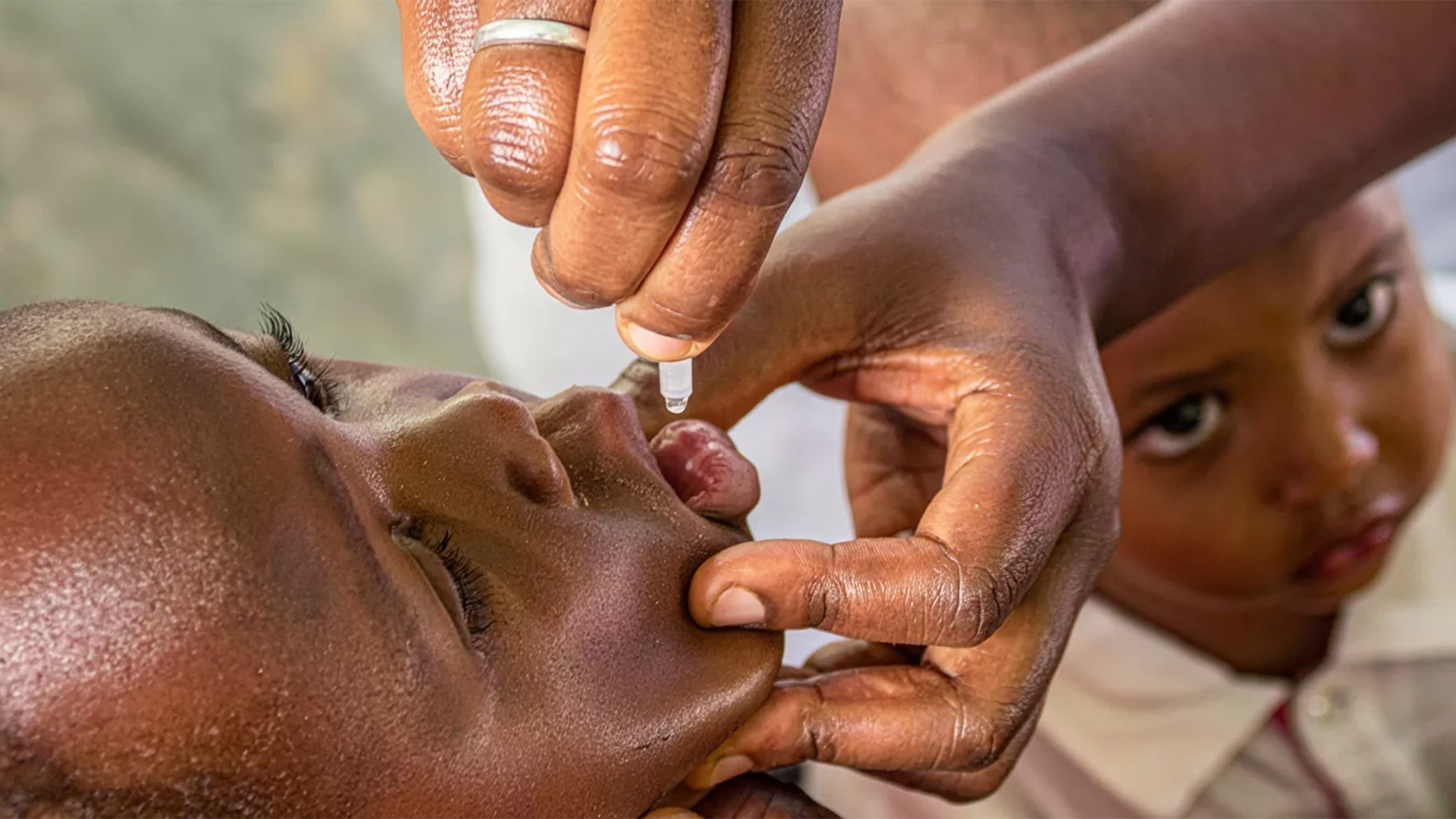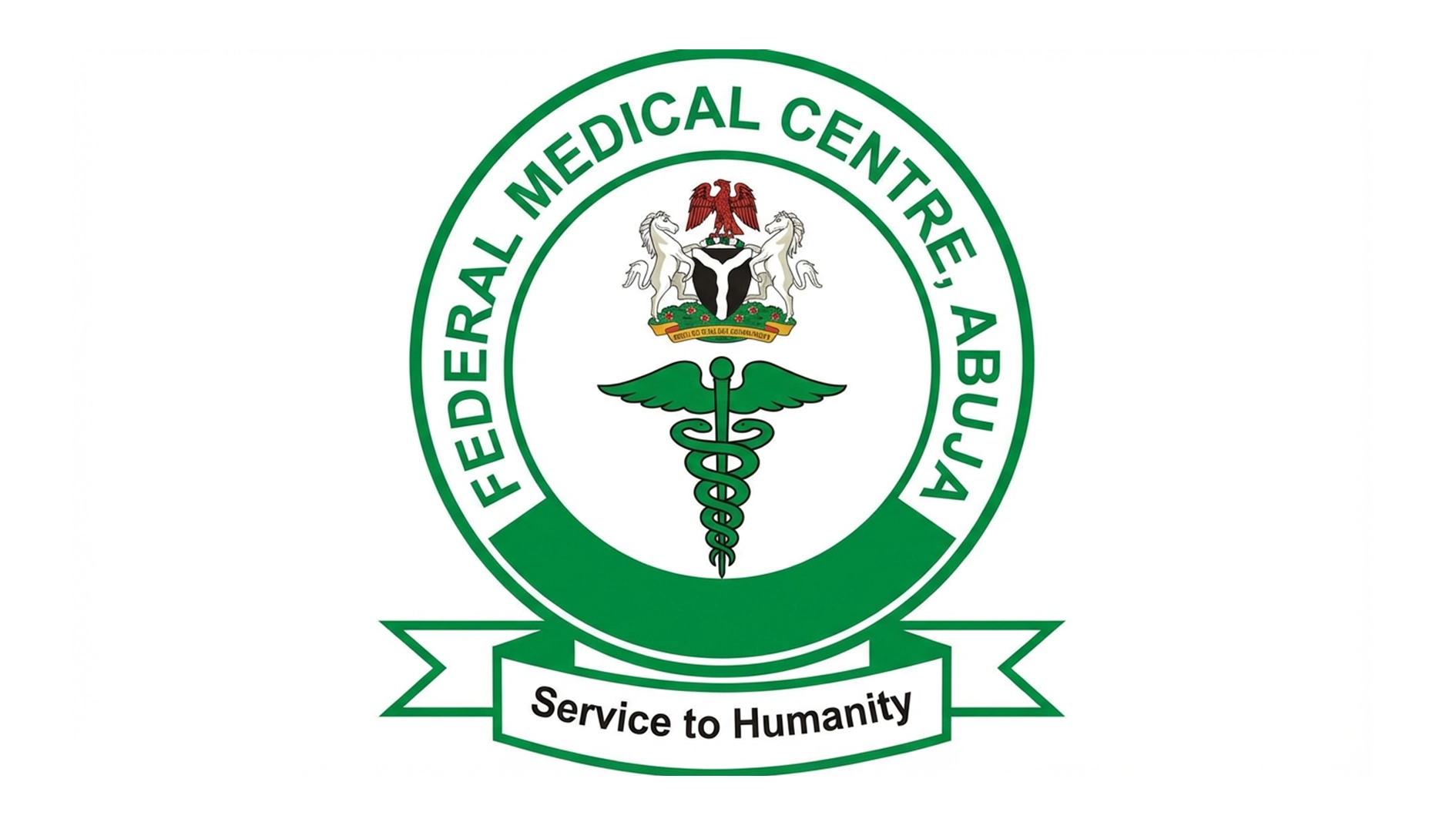
• Over 20m Nigerians living with hepatitis, risk liver cancer
• WHO: Collaborative action needed to meet 2030 target
• Treatments are expensive for average Nigerian, says liver expert
Ahead of the World Hepatitis Day, marked every July 28, concerns and worries have heightened on the rapid spread of the world’s most deadliest virus after COVID-19.
This is just as experts lament the slow pace towards achieving the 2030 target set by the World Health Organisation (WHO) to eliminate all types of hepatitis.
Despite hepatitis being an entirely preventable disease, it is still the leading cause of liver cancer globally and although reports have shown that about 20 million Nigerians are positive, many are unfortunately clueless about the disease or its implications while a less than sizeable number of those with the virus are aware of their hepatitis status.
This is exacerbated by the fact that 80 per cent of the estimated 20 million Nigerians living with the disease are undiagnosed, increasing the risk of future transmissions and progression as well as increase in liver-related conditions and ultimately liver cancer, among others.
Hepatitis is a condition marked by liver inflammation caused by certain viruses. Across the world, stakeholders will seek to raise awareness of the importance of knowing one’s hepatitis status and to spread the word about treatment.
The theme for this year’s commemoration is: “It’s time for action,” highlighting the need for collaborative action to eliminate viral hepatitis by 2030, a goal set by WHO and endorsed by all WHO Member States to reduce new hepatitis infections by 90 per cent and deaths by 65 per cent between 2016 and 2030.
The world health body, however, lamented that while tools to prevent, detect, and treat viral hepatitis are readily available, testing and treatment coverage rates have stalled, and deaths from these infections continue to rise each year.
Current data showed hepatitis “is now the world’s deadliest virus, after COVID-19.” Also, the disease is the second leading infectious cause of death globally, with 1.3 million deaths per year, the same as tuberculosis, another top infectious killer, according to the WHO 2024 Global Hepatitis Report.
“This report paints a troubling picture,” said WHO Director-General Tedros Adhanom Ghebreyesus.
“Despite progress globally in preventing hepatitis infections, deaths are rising because far too few people with hepatitis are being diagnosed and treated.”
There are five main strains of the hepatitis virus, referred to as types A, B, C, D and E and while they all cause liver disease, they differ in important ways including modes of transmission, severity of the illness, geographical distribution and prevention methods.
Research has shown that types B and C lead to chronic diseases and together, are the most common cause of liver cirrhosis, liver cancer and viral hepatitis-related deaths while the global hepatitis report 2024 by WHO stated that the number of deaths due to the hepatitis is on the rise making it second leading infectious cause of death after covid-19, claiming 35,000 lives each day and recording about 1.3 million deaths per year.
Celebrated every July 28, WHD this year calls for action in designing and developing a surveillance system for the disease, especially for perinatal cases to greatly impact in the control of hepatitis globally as well as funding to support the inclusion of hepatitis care into both government and commercially provided health insurance schemes to mitigate new spread.
In an interview with a professor of Medicine, Gastroenterology and Liver Unit, College of Medicine, University of Ibadan, Jesse Abiodun Otegbayo, The Guardian gathered that about 20 million people in Nigeria are positive with hepatitis and the demography shows that young adults are mostly affected.
He explained that late diagnosis of hepatitis leads to more spread and advancements of diseases including cancer, however, he confirmed that treatments are available in the form of surgery, palliative care or a combination while also noting that those treatments are expensive for average Nigerians.
Otegbayo during his inaugural lecture on hepatitis B few months ago explained that many cases of acute hepatitis are missed even by medical practitioners because the symptoms are usually non-specific until the onset of jaundice, and that most diagnosis is based on a high index of suspicion because the presentation is similar to that of any viral infection and even some common tropical parasitic infection like malaria.
He also lectured that chances of survival of advanced liver cancer presentation based on his experiences, are slim to none as over 90 per cent of his patients with late presentation often have the diseases spread to other organs.
“The morbidity in most instances is equal to the mortality, as death at diagnosis in our environment is dishearteningly short, just about six weeks to three months. This is attributed to late diagnosis, as the disease could actually be cured by surgical resection if detected early. In my practice I have seen only two patients surviving up to one year after the diagnosis,” he added.
To change this narrative, Otegbayo recommended screening of expectant mothers during antenatal care to prevent transmission of mother-to-child, vaccination of babies at birth. He also suggested more efforts to be geared towards health education and awareness, screening of family members of those found to be positive, treatment of those found positive as well as preschool and premarital screening for early detection.
In the same vein, the lead, Prevention of Mother-To-Child Transmission (PMTCT), Federal Ministry of Health, Dr Hafsat Iyanda, said the spread of the viral disease is on the rise with about 20 million people currently infected, including about 8.1 per cent living with HBV and 1.1 per cent with HCV in the country.
Iyanda noted that low levels of awareness of the viral hepatitis will inevitably cause stigma and discrimination as well as high mortality especially amongst children if drastic action is not taken to avert the situation.
Speaking about the disease prevalence and level of awareness amongst Nigerians, the Chief Executive Officer, Centre for Integrated Health Programmes (CIHP), Dr Bola Oyeletun, lamented that knowledge of the disease remains low in Nigeria despite it being a leading infectious cause of death each year.
She added that as a result, most of the estimated 20 million Nigerians living with either hepatitis B or C are undiagnosed, thereby increasing the risk of future transmissions and progression to severe diseases such as liver cirrhosis and liver cancer.
She explained that persons living with HIV and AIDS are disproportionately affected by viral hepatitis and related adverse health conditions especially since HIV, HBV, and HCV all share common routes of transmission. “The progression of viral hepatitis is accelerated in persons with HIV/AIDS and therefore these persons experience more severe liver-related health problems than non-HIV infected persons,” she said.
Oyeletun expressed concern over poor treatment outcomes due to the high cost of disease treatment in the country knowing that many still make out-of-pocket payment for health services. She said: “The cost of treatment, clinical and laboratory monitoring, and follow-up for identified hepatitis cases is very high, and with out-of-pocket payment for healthcare still being a mainstay for many Nigerians, treatment outcomes remain poor for many cases.”
Another liver lover and part of the team who recently concluded a research at Nigeria Institute of Medical Research (NIMR) on leveraging local talents to educate the public on viral and non-viral diseases including hepatitis, professor of medicine, University of North Carolina, Chapel Hill, Joseph Tucker, talked about vaccine hesitation amongst Nigerians which he said is a huge challenge in the fight against hepatitis.
Although Tucker acknowledged that side effects sometimes occur after vaccinations, he insisted that they are limited and then encouraged expectant mothers to ensure their babies get the birth dose of HBV within 24 hours of birth to avert severe outcome of both liver failure and death in children due to the viral disease.
“A new born with hepatitis B faces very severe outcomes and is at a greater risk of both liver failure and death and therefore, the HBV vaccine is very important and should be given within 24 hours of birth. Although there are sometimes cases of side effects, it is limited and the vaccine is recommended by the WHO, the federal ministry of health and other experts in the field,” he said.
WHO Director-General, Dr Tedros Adhanom Ghebreyesus, bemoaned that the report paints a troubling picture despite global progress in preventing the disease. He continued that although the deaths are increasing because very few people with hepatitis are being diagnosed and treated, the organization would continue in supporting countries to use all the tools at their disposal to turn the trend around, he added.
While more than 6,000 people get infected with hepatitis every day, WHO African Region bears 63 percent of new hepatitis B infections and the data shows that despite this burden, only 18 percent of newborns in the region receive the hepatitis B birth-dose vaccination indicating a backward movement.
The updated WHO estimation indicates that there were 2.2 million new infections in 2022 and that 254 million people live with hepatitis B while 50 million with hepatitis C in 2022 and this data according to experts indicates a big gap in the global target to treat 80 percent of people living with chronic hepatitis B and C by 2030.
The report noted that Nigeria is among the ten countries collectively shouldering two-thirds of the global burden of hepatitis B and C making it paramount and essential for intensified efforts towards access to prevention, diagnosis, and treatment in these 10 countries by 2025 to meet the Sustainable Development Goals.






